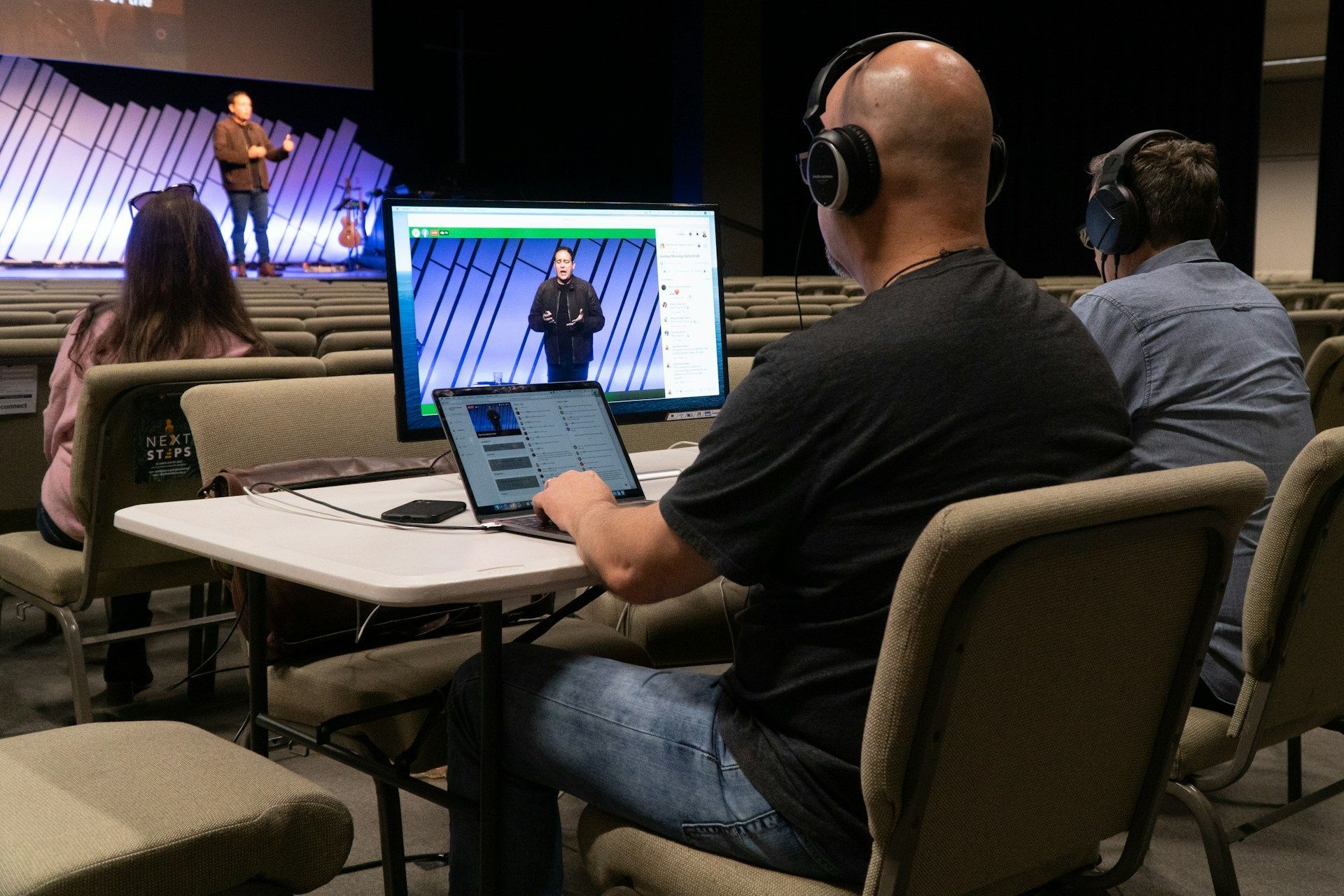Maximize Google Ad Grant for Your Church
For churches looking to expand their reach and connect with more people, the Google Ad Grant offers an incredible opportunity. This program provides eligible non-profits with $10,000 per month in in-kind advertising on Google search results. By making the most of the Google Ad Grant, your church can boost its online presence, attract new visitors, and share its mission more effectively.
Setting up and managing a Google Ad Grant account involves several steps, but the benefits are well worth the effort. The process starts with understanding the basics of what the grant offers and how it works. With a solid foundation, you can then move on to setting up your account and creating effective ad campaigns that align with your church’s goals.
The journey doesn’t stop at launching your ads. Continuous monitoring and optimization are crucial to ensuring your campaigns perform well and make the best use of the grant funds. We are dedicated to helping churches navigate this process and achieve outstanding results. By following best practices, your church can maximize the impact of the Google Ad Grant and see significant growth in its digital outreach.
Understanding the Basics of Google Ad Grant
The Google Ad Grant is designed to help non-profit organizations, including churches, increase their online visibility. By providing up to $10,000 per month in free advertising credit, it allows your church to appear in Google search results when people look for keywords related to your mission.
To leverage this grant, it’s important to understand its basic requirements and limitations. First, your church must be eligible for the Google Ad Grant, meeting specific non-profit criteria. You should have a functioning website with sufficient content and must enroll in Google for Nonprofits.
There are also guidelines to follow once awarded the grant. Google requires a minimum click-through rate (CTR) of 5%, proper ad structure, and regular account activity. Ads must be relevant to your mission, and keywords should be chosen carefully to maximize reach and effectiveness. Familiarizing yourself with these rules ensures that your church maximizes the benefits without risking suspension.
Setting Up Your Google Ad Grant Account
Once you understand the basics, the next step is setting up your Google Ad Grant account. Begin by enrolling your church in the Google for Nonprofits program. This step verifies your eligibility and provides access to various Google resources designed for non-profits.
After enrollment, create your Google Ads account, but remember not to input any billing information, as the Google Ad Grant covers the costs. Configure your account based on Google’s guidelines, ensuring it meets the required structure and compliance standards. For example, you must set up at least two ad groups with multiple ads each and target relevant keywords effectively.
Next, submit your account for review. Google will check if your setup complies with the program’s requirements. Upon approval, you can start creating and launching ad campaigns. Pay close attention to keyword selection and ad copy to attract the right audience. Keep reviewing the grant rules to maintain compliance and maximize the potential of your ad campaigns.
Crafting Effective Ad Campaigns
Creating compelling ad campaigns is essential to maximizing the benefits of the Google Ad Grant for your church. Start by identifying the key messages you want to communicate. This can include promoting events, sharing inspiring stories, or highlighting community services.
Next, select relevant keywords that your target audience might use when searching online. Think about words and phrases that people might type into Google when looking for a church or services you offer. Use Google’s Keyword Planner to find high-traffic, relevant keywords. Ensure your ads are clear, concise, and engaging. Each ad should have a strong call-to-action, encouraging users to click for more information or to attend an event.
Group your ads into thematic ad groups within your campaigns. For example, you might have separate ad groups for Sunday services, youth programs, and charitable events. This helps you target the right audience with the right message. Continuously test different versions of your ads to see which ones perform best. Experiment with different headlines, descriptions, and calls-to-action to find the most effective combinations.
Monitoring and Optimizing Your Ad Performance
Regular monitoring and optimization of your ad performance are crucial to making the most of the Google Ad Grant. Use Google Ads’ built-in analytics tools to track how your ads are performing. Key metrics to watch include click-through rates (CTR), conversion rates, and overall traffic to your church’s website.
Examine which keywords and ads are driving the most engagement and make necessary adjustments. Pause or tweak underperforming ads and allocate more budget to those that are successful. Regularly updating and refining your keywords ensures they remain relevant and effective.
Schedule routine audits of your Google Ads account to maintain compliance with Google Ad Grant requirements. Make sure you’re meeting the minimum CTR and other program guidelines. Continuous improvement keeps your campaigns effective and ensures you’re getting the most value from the grant. Regularly review your goals and adapt your strategies to align with your church’s mission and outreach objectives.
Conclusion
Making the most of the Google Ad Grant for your church involves understanding its basics, setting up your account properly, crafting effective ad campaigns, and continuously monitoring and optimizing performance. By following these steps, your church can significantly enhance its online visibility and connect with more people in meaningful ways.
Google Ad Grant provides a fantastic opportunity for churches to reach a wider audience and share their message. Faithworks Marketing is committed to helping churches navigate this process and maximize their ad potential. Contact Faithworks Marketing today to elevate your church’s digital presence and make the most of Google Ad Grant.












